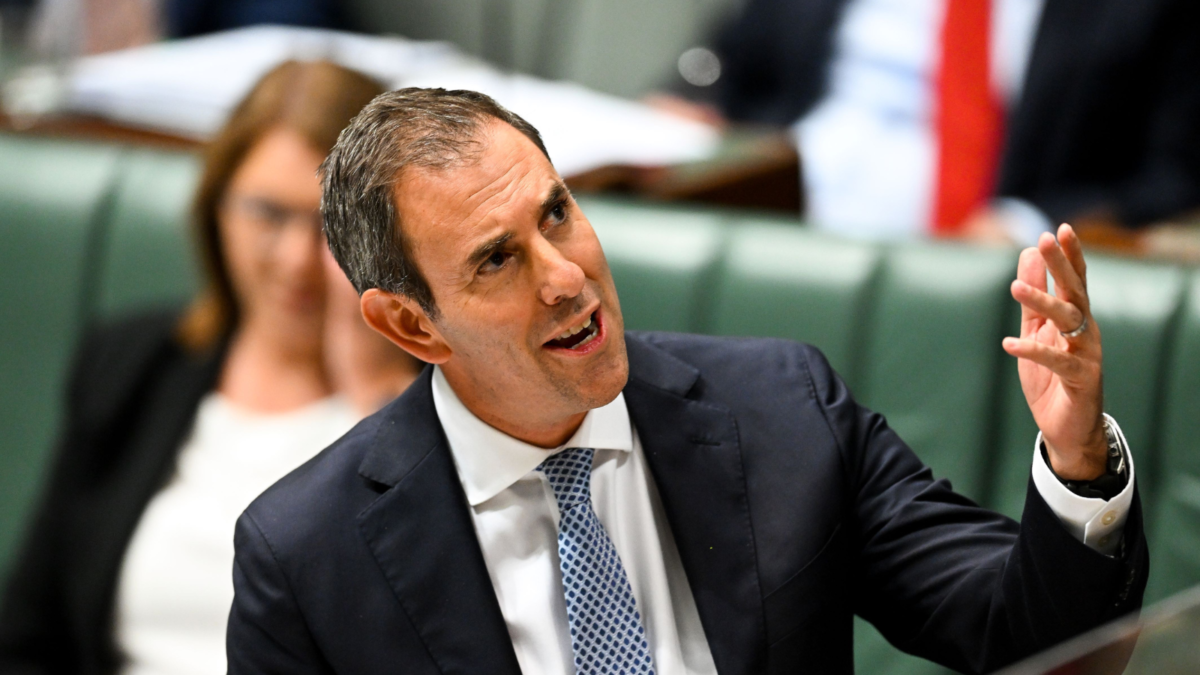Search continues for new fixed interest instruments
(Pictured: Shawn Bookin)
The question of credit, for super funds’ asset allocation during the current cycle, seems to be a question of ‘how much’ rather than whether they are ‘in or out’.
Many investors utilize bonds as a low-risk strategy in their portfolio. In an environment where the benchmark index is heavily concentrated in low-yielding government and agency securities, it creates a conundrum in the trade-off between risk and return. In the current environment it can actually increase the risk of not achieving one’s long-term investment objectives. The promised Great Rotation has got stuck in between bonds and equities.
Shawn Bookin, a managing director with the corporate credit group at Guggenheim Partners in New York, says the concentration of the big banks in the US, and Australia, is a concern for governments, given its implications for the supply of credit to companies large and small. While Australia didn’t see the mergers which followed the global crisis in the US, most foreign banks operating here stopped lending to the corporate market post-2008.
Guggenheim is a privately held fund manager, of which corporate credit is a big part, representing about US$50 billion of its total US$180 billion under management and advice. The Guggenheim family, which helped start the firm in 1999, retains a shareholding alongside staff and a few other investors. The firm has about $800 million invested in Australia.
Bookin, who regards himself as an “honorary Australian”, says that there is a strong demand for alternative-debt-style investment strategies by institutional investors in Australia as elsewhere because of the low yield on investment grade and government bonds.
“Monetary policy is contributing to the scarcity of yield across the fixed income landscape,” he says. “The average yield of the (Barclays US Aggregate Bond Index) is 2.4 per cent and each index subsector is yielding less than 4 per cent… While extending duration or adding leverage to meet yield objectives may prove successful in the near term, utilizing these investment shortcuts may carry significant long-term risks.”
Guggenheim estimates that, at current rates, a rise of just 29bps in yield would lead to a negative total return on 10 year US government bonds over a one-year holding period demonstrating the high duration risk of sovereign bonds in todays low rates. “Government Bonds have gone from offering risk-free returns to offering return-free risk”
But even corporate debt is not an easy play in the current environment. Bookin says the recent US$17 billion debt issue by Apple Inc, which was subsequently topped in size by an issue from Verizon, had resulted in a capital loss of 12-18 per cent within the first four months since issuance.
“We have to monetize the complexity in the market,” he says. “We are very orientated towards managing and understanding risks.” The skills in credits relate to a combination of harnessing the illiquidity premium, sourcing the right deals and structuring them correctly.
Bookin’s “honorary Australian” status stems from his doing a Masters of Finance in Sydney, 20 years ago, and then a stint working for the Australian Trade Commission at the Consulate in New York for two years as well as occupying a board position on the American-Australian Association. He worked as a summer associate at Merrill Lynch in Sydney while studying.
He also addressed a recent AIST event in Australia and spoke with clients, together with Guggenheim’s Australian representative firm, Principle Advisory Services.
By “monetizing complexity” Bookin means that investors need to identify market segments where they can create value. For instance, smaller debt tranches offer significant yield pickup in high-yield bonds and senior loans over similarly rated larger debt tranches. Also, investors are more able to drive the deal terms in smaller transactions.
Guggenheim research shows that, through a variety of market conditions, private debt investments have offered coupons far in excess of broadly syndicated leveraged loans and high-yield bonds, each year between 2001 and 2012.








